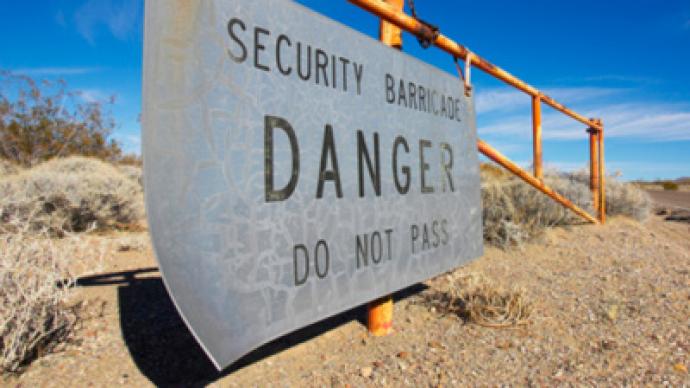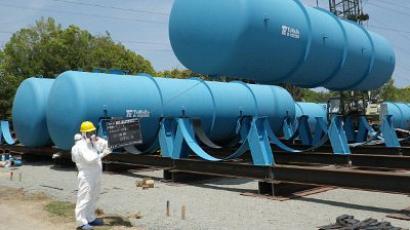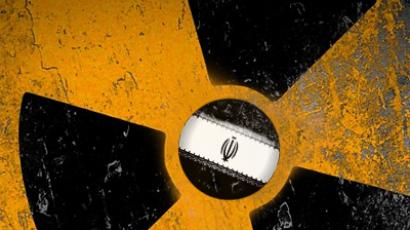US heading toward nuclear disaster

With busted seals, broken nozzles and rusted pipes plaguing America’s nuclear power plants, a report released by The Associated Press today warns that the US is in danger of copycatting the catastrophe that ravaged the Fukushima facility in Japan.
After a yearlong investigation, the AP has concluded that many of the nation’s facilities are still in operation because the safety standards that they are held to have been repeatedly weakened as regulations become more and more lax.The AP reviewed tens of thousands of pages of government and industry studies, alongside interviews and inspection reports that go back to the 1970s. As a result of the analysis, the AP says that are led to believe that the US Nuclear Regulatory Commission has regularly lessened restrictions as the NRC repeatedly argues that “safety margins could be eased without peril.” The AP responds that not only is the safety of much of America in danger, however, but the investigation also says that billions of dollars are at stake—as well as around one-fifth of America’s electricity supply.Many of the problems that the AP identified could eventually lead to a nuclear disaster of epic proportions. Their report says that “thousands” of problems linked to aging were uncovered, including many instrumental components of facilities in less-than-stellar condition. In one example, it notes that leakage seeping through busted valves can today exceed up to 20 times the original limit. And as problems abound, the AP notes that no single official body in government or industry has studied the frequency in breakdowns in recent years while all the while NRC has extended licenses on dozens of reactors. The report says that 82 of America’s operating reactors are more than 25 years old, with 66 units having been re-licensed for an additional two decades. The report argues, though, that many of these facilities were built with the intention of new, updated facilities replacing them long before they would reach this condition. In October 2009, President Obama went on the record to say that "There's no reason why, technologically, we can't employ nuclear energy in a safe and effective way.” A year later the president reminded an audience that safe, new nuclear power plants are a "necessity,” offering up a federal loan of more than $8 billion to build the first new plant in decades.“Investing in nuclear energy remains a necessary step,” the president said in October 2010. “What I hope is … we're underscoring both our seriousness in meeting the energy challenge and our willingness to look at this challenge, not as a partisan issue , but as a matter that's far more important than politics because the choices we make will affect not just the next generation but many generations to come.” These words came mere months before the nuclear disaster at the Fukushima 1 power plant.While the NRC has responded since saying that American facilities are indeed up to par, the AP’s report argues that the reason is not massive overhauls and improvements, but rather a lessening of restrictions. Only days before the AP released their report, commissioners at the NRC spoke at the Senate Committee on Environment and Public Works hearing on nuclear safety and told an audience that US nuclear reactors are safe, but noted that additional regulations would be needed to ensure a disaster wouldn’t happen again on American soil. Sen. Lamar Alexander, R-Tenn., said, in fact, that civilian nuclear power in the United States has an extremely strong safety record.“It’s important for Americans to know … that we’re taking very seriously the importance of making their operation safer and safer,” said Alexander.Sen. Bernard Sanders, I-Vt., however, accused the NRC of getting the Department of Justice to intervene in a dispute over a plant in Vermont. The state’s Yankee nuclear reactor was scheduled to close in 2012, but the NRC has since approved a two-decade extension on the license.Speaking to the AP, nuclear safety scientist Dana Powers says the trend is easy to see.“They're … trying to get more and more out of these plants,” says Powers.Since 2005, the NRC has filed over 200 alerts on emerging safety problems, with 113 stemming from aging. In 2008, they noted that 70 percent of potentially serious safety problems resulted from “degraded conditions,” as licenses are continued to be renewed as restrictions weakened.
















